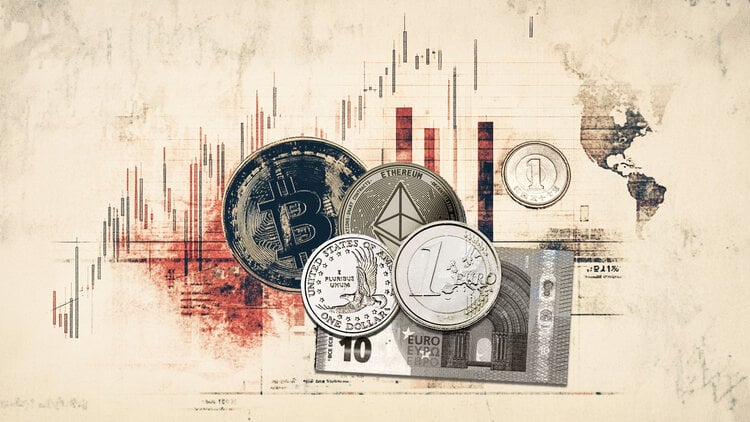The main currencies of Eastern Europe, which are already under pressure due to the war in Ukraine, are expected to receive further blows from the looming recession in the Eurozone, as noted by the Bloomberg agency.
Traders are more concerned about the Hungarian forint, Polish zloty and Czech koruna than any other developing country currency except the Russian ruble and the Turkish lira, according to data compiled by Bloomberg. Goldman Sachs Group, Fidelity International and InTouch Capital Markets believe that eastern Europe will suffer more than other emerging markets if the euro weakens.
These three currencies are seen as particularly vulnerable to demand from the eurozone, which buys around 60% of each country’s exports. Since the Russian invasion of Ukraine in February, these currencies have traded increasingly in correlation with the euro.
“We are cautious and bearish on Eastern European currencies,” said Paul Greer, a senior executive at Fidelity International, who expects the zloty and the koruna to fall further against the dollar. The region “constitutes the most vulnerable block within emerging markets in the currency space,” he noted.
While the International Monetary Fund (IMF) warned in July that the global economy may soon be on the brink of recession, the outlook for the eurozone looks particularly grim. Inflation is at record levels and the increased possibility of Russian energy outages threatens a recession.
Eastern European currencies are likely to suffer the biggest fall in emerging markets if the euro falls below parity against the dollar for a prolonged period, given their exposure to eurozone demand and natural gas disruptions, Goldman analysts said. Sachs. It is noted that at the end of July, the US bank lowered its target for the euro on a three-month basis to $0.99 from $1.05.
“Europe is much more vulnerable at this stage, so it is reasonable to assume that central and eastern currencies will underperform,” said Piotr Matys, senior currency analyst at InTouch Capital Markets.
The currencies of the region have been hardest hit by the effects of the Russian invasion of Ukraine. Since the start of the war, the forint has weakened by 17% against the dollar and by 8.2% against the euro. The zloty fell 12% against the US currency during this period, while the koruna fell 9.6%.
The increasing correlation of the currencies with the euro highlights the potential for further effects from any weakening of the common currency.
For now, the rapid tightening of monetary policy in Hungary has helped stabilize the forint after falling to a record low against the euro in July. The fact that Viktor Orban’s government has yet to secure access to the European Union’s Recovery Fund is also weighing on the currency.
In Poland, the authorities made more progress in talks with the Commission on access to the Recovery Fund. Meanwhile, the country’s central bank is nearing the end of its monetary policy tightening cycle, which has pushed interest rates to 6.5% versus 10.75% in Hungary.
The Czech koruna was the most stable currency, mainly due to the central bank’s monetary interventions. Interest rates were kept unchanged at 7% last week as part of new governor Ales Michl’s plan to end aggressive monetary tightening.
Source: Capital
I am Sophia william, author of World Stock Market. I have a degree in journalism from the University of Missouri and I have worked as a reporter for several news websites. I have a passion for writing and informing people about the latest news and events happening in the world. I strive to be accurate and unbiased in my reporting, and I hope to provide readers with valuable information that they can use to make informed decisions.







